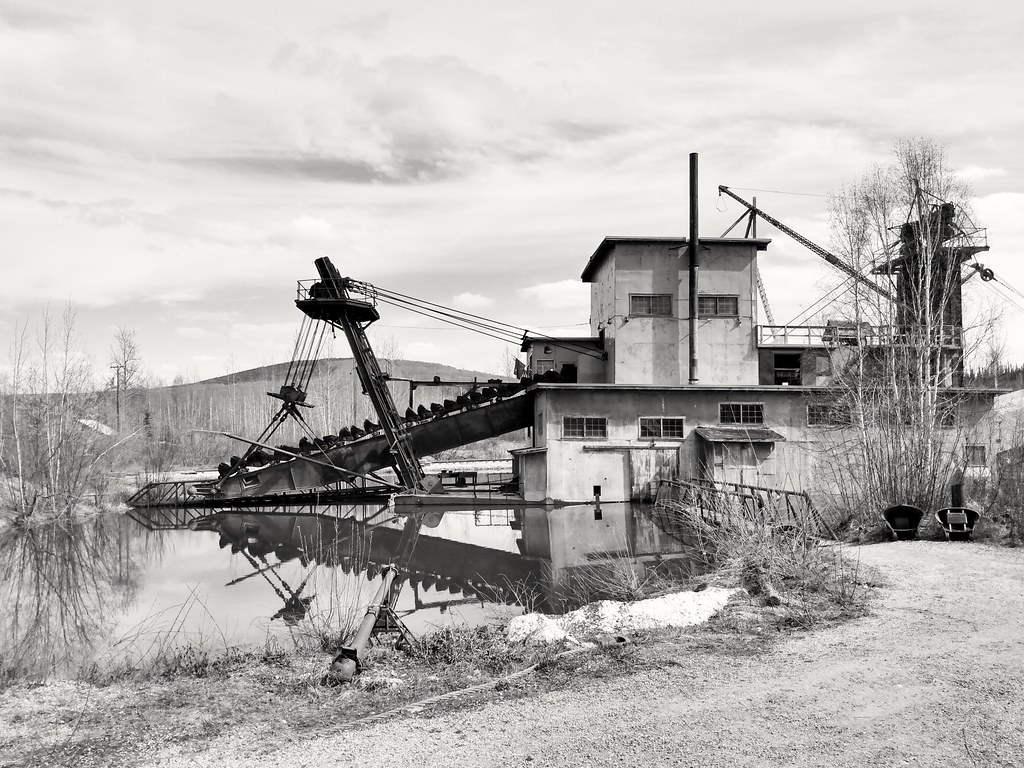#gold mining
Text
"Sunlight dapples the once-denuded forest floor as saplings spread their branches and leaves overhead, slowly forming a lush canopy.
Beside each young tree, a sign notes its species. Lupuna, says one, the colloquial Peruvian term, and below that its scientific name, Ceiba pentandra — in other words, a kapok tree, known for its cotton-like fibers. Huito, says another sign, or Geinpa americana, which produces edible gray berries.
Each sapling is distinct, a reflection of the Amazon's stunning biodiversity, with so many different species that you might go acres without finding a repeat.
Yet this young forest did not spring up naturally. It has been carefully recreated by humans in an area that was, until just three years ago, a heavily contaminated moonscape.
This land was stripped of its dense vegetation by miners scouring the subsoil for tiny specks of gold, using mercury to separate the gold from the sediment. Many thought that a healthy forest would never thrive in impoverished, mercury-laden topsoil and that the piles of sandy tailings, the residue from the gold mining effort, and the pools of wastewater were irremediable...
"It feels good to see the forest grow back," says Pedro Ynfantes, 66, the miner whose legal mining concession of 1,110 acres includes this 10-acre patch of land where this young forest is located. "We don't want to deforest. When we had the opportunity to let the forest grow back, we took it. It's much better this way."
The opportunity he refers to came via U.S. nonprofit Pure Earth, which works with communities across the Global Southto remediate environmental problems left behind by mining, much of it illegal. Their biggest targets are mercury and lead contamination...
Security forces have launched anti-mining operations down the years, even blowing up the miners' equipment deep in the jungle. But most local politicians, including Madre de Dios' members of Peru's national congress, broadly support the miners, who are a powerful constituency in the relatively sparsely populated jungle region.
Restoring the forest
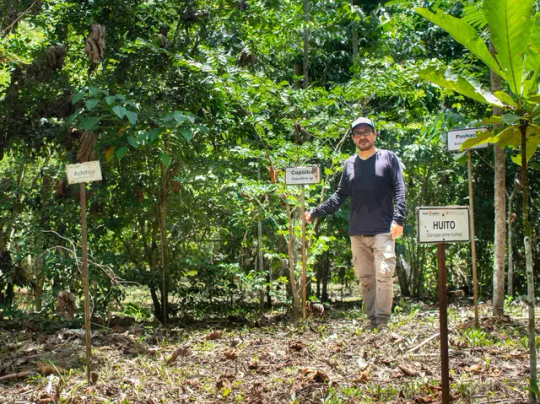
Pictured: France Cabanillas works for the nonprofit group Pure Earth, which is spearheading an effort to plant saplings in areas of the Peruvian Amazon that were devastated by illegal gold mining.
Now there's an effort to address the damage. Initially working with the region's legal miners, most of whom were here before the 2009 gold rush kicked off, the nonprofit group Pure Earth is using this patch of Ynfantes' land as a pilot project to show how the rainforest can be regenerated after the last traces of gold have been plucked from the soil.
It took a sustained outreach effort. Many miners are wary of or even downright hostile to foreign NGOs, which have repeatedly called for gold mining to be banned or severely curbed in the Peruvian Amazon — steps they say would cost them their livelihood.
"I am feeling optimistic," says France Cabanillas, Pure Earth's local coordinator, who has been appealing to the frustration of many miners at the heavy toll they have taken on the jungle and their desire to minimize their environmental footprint for the next generation.
"We still have a lot to do but this pilot is going well. Down the years, the miners have been getting a lot of stick but not much carrot when it comes to their environmental impacts," says Cabanillas. "We are offering them a carrot, allowing them to remediate their own impacts. Many of the miners do not want to be destroying the rainforest."
Before the miners plant the carefully-selected mix of tree species, they had to prepare the earth. Most of the topsoil had been washed away by the miners' heavy use of hoses.
That preparation involved adding biochar (burnt organic material) and even molasses, which contain fixed carbon and minerals, along with various other nutrients. The miners also had to dig tiny moats around the saplings to prevent all of this new planting from being washed away. Now, after three years, the forest is visibly coming back.
The rejuvenated rainforest also mitigates the impact of the mercury used by many of the illegal miners.
Research done by Pure Earth shows that the barren, sandy soil emits mercury. But in a rainforest, the ecosystem actually absorbs some of the metal, boosting public health."
-via NPR, April 2, 2024
#mining#illegal miners#gold#gold mining#peru#rainforest#ecosystem#mercury#environment#pollution#remediation#reforestation#good news#hope
345 notes
·
View notes
Text

mine canadian malartic, agnico eagle, malartic
38 notes
·
View notes
Text
Milestone Monday
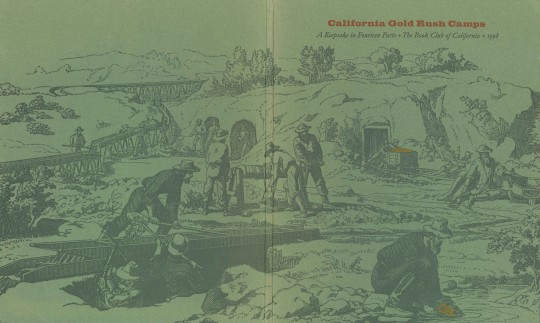
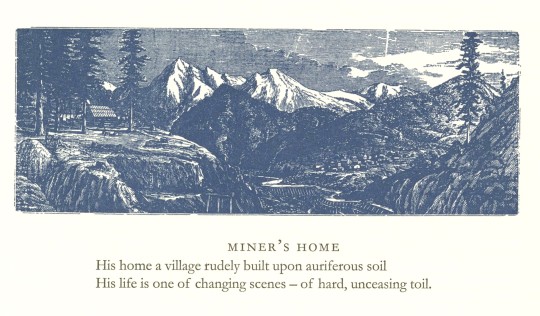


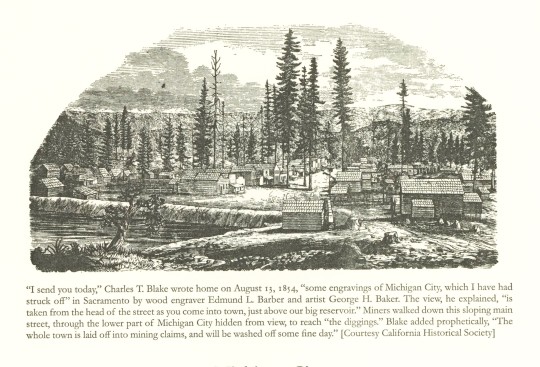
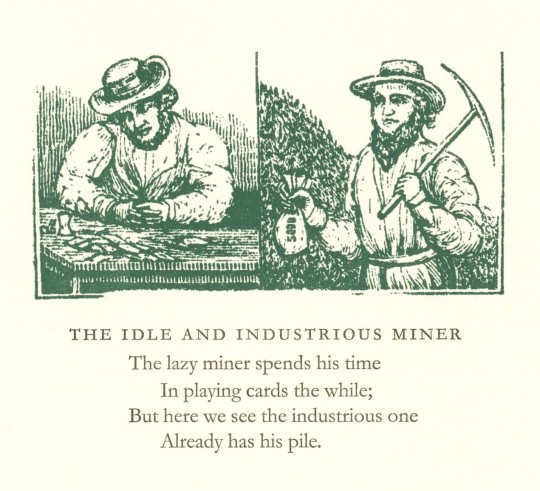
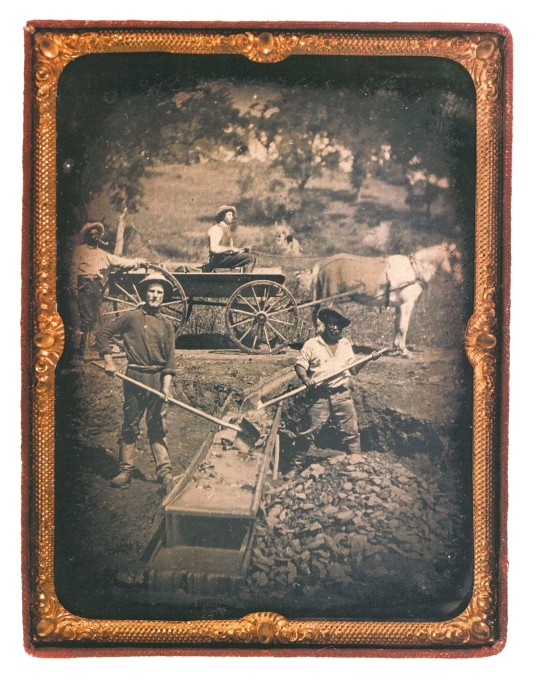
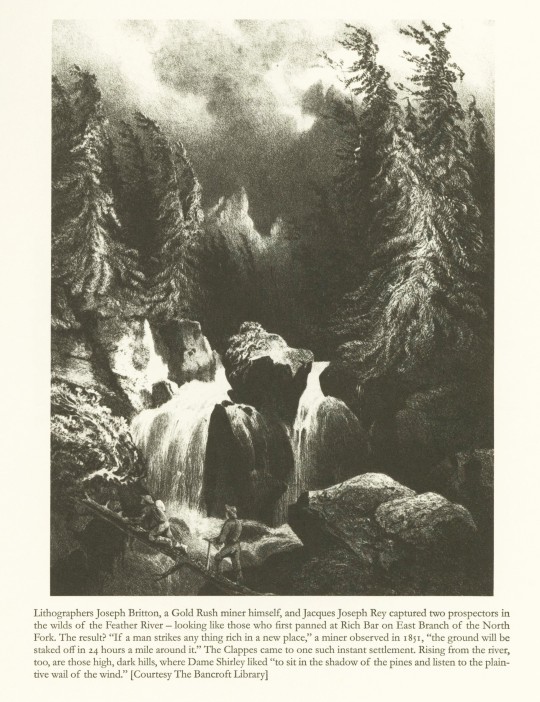

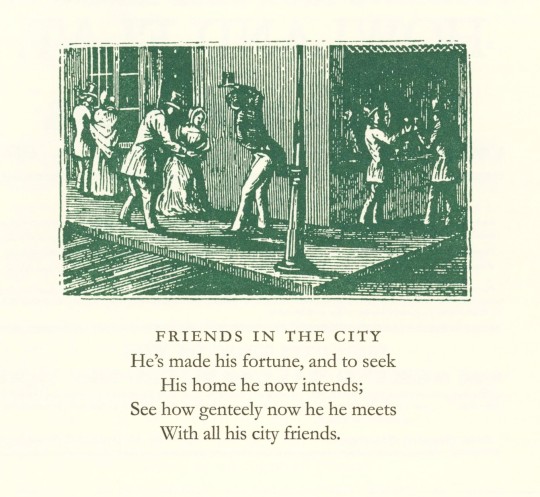
February 5th marks the anniversary of the discovery of the largest alluvial gold nugget in history, known as “Welcome Stranger.” The nugget was found in 1869 by miners John Deason and Richard Oates just outside of Dunolly, Australia. It weighed just under 193 pounds earning the miners roughly £9,381 (equivalent to around A$743,000 today). A little over 8,000 miles away, California was winding down its famed gold rush that forever altered the area’s landscape, societal growth, and indigenous communities.
California Gold Rush Camps: A Keepsake in Fourteen Parts published in 1998 by The Book Club of California documents the lives of miners and the camps that shaped California in the latter half of the 1800s. The keepsake contains fourteen folders, each highlighting the history of a camp that played a notable role in the gold rush. The text is accompanied by color illustrations from Life Among the Miners published by Hutchings & Rosenfield in 1854, sketches published in local magazines and newspapers, lithographs, and a daguerreotype. The series was edited by Robert J. Chandler and designed and printed by Patrick Reagh Printers, Inc.
In alignment with their commitment to sharing California history, The Book Club of California presented portions of this publication at the 1998 Western History Association annual meeting. California Gold Rush Camps: A Keepsake in Fourteen Parts is part of an extensive collection of The Book Club of California materials held within Special Collections. This book is another gift from our friend Jerry Buff.
View other posts on gold mining.
Read other Milestone Monday posts here!
– Jenna, Special Collections Graduate Intern
#milestone monday#welcome stranger#gold nugget#gold rush#gold mining#California Gold Rush#California Gold Rush Camps#mining camps#The Book Club of California#Life Among Miners#daguerreotype#Patrick Reagh Printers#fine press books#Jerry Buff
28 notes
·
View notes
Text

"Ancient gold washers." The playbook of metals. 1862. 17th century illustration.
Science History Institute
83 notes
·
View notes
Text
An old timey prospector wizard that uses a scrying mirror as his sifting pan. The scrying magic helps him sort through the sediment quicker, and it helps him foretell any claim jumpers trying to snatch his stretch of the river or any bushwhackers that would try to steal his gold in the middle of the night.
And yes, he has a wizard hat made of straw.
(And yes, this is also a scrying pan technically)
#wizard#wizardposting#wizard shit#wizardblogging#wizardblr#d&d#dnd#make up a guy#character idea#gold mining#prospector#magic items#divination#scrying#return of the scrying pan
22 notes
·
View notes
Text
Brazilian President Comes Good on Campaign Promise to Evict All Gold Miners from Indigenous Reserves in the Amazon https://www.goodnewsnetwork.org/brazilian-president-comes-good-on-campaign-promise-to-evict-all-gold-miners-from-indigenous-reserves-in-the-amazon/
When President ‘Lula’ da Silva took office this year in Brazil, many environmental and indigenous rights groups hoped he would fulfill campaign promises of better protection for the Amazon rainforest and the people who live there.
Nearly four months into his tenure and early signs are that Lula was telling the truth, as Brazilian police have evicted dozens of illegal gold miners from the Yanomami Reserve, an area the size of Portugal inhabited by around 35,000 tribesmen.
Illegally-mined gold accounts for around half of all the country’s exports, and a new Environment of the Amazon division of the federal police is seeking international assistance in building a first-rate structure for targeting the outside funding toward and sales from illegal gold mining.
Reuters says that so far, the new division has ousted nearly all miners from the area, including overseeing the destruction of 250 mining camps and 70 low-tech boats used for dredging. 48 planes and helicopters for smuggling the gold out of the reserve have been seized as well.
80 notes
·
View notes
Text
Exploring the Gold mining ruins of the Karangahake gorge with the Fuji X100V
Watch the YouTube video


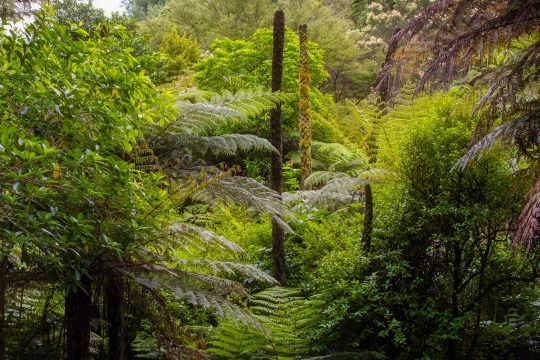





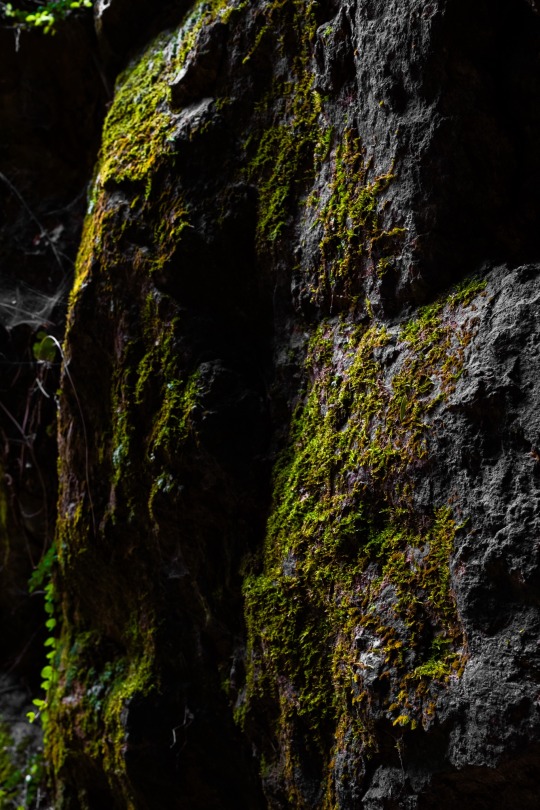

#photography#photographers on tumblr#landscape photography#new zealand#new zealand destinations#fujifilm#fujifilm color#fujifilmxseries#x100v#fujifilm x100v#gold mining#mining ruins#historic places#old shit#fuck yeah abandoned places#all is abandoned#abandoned places
16 notes
·
View notes
Text


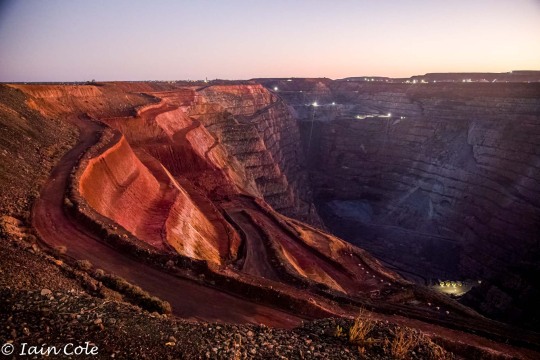
"Woke up, got out of bed, dragged a comb across my head.
Found my way downstairs and drank a cup".
Morning shoot at the Superpit. The 2nd photo is the brightly lit area in the bottom right of the 1st photo. The scale of this pit beggars my imagination.
23 notes
·
View notes
Text
9 notes
·
View notes
Text
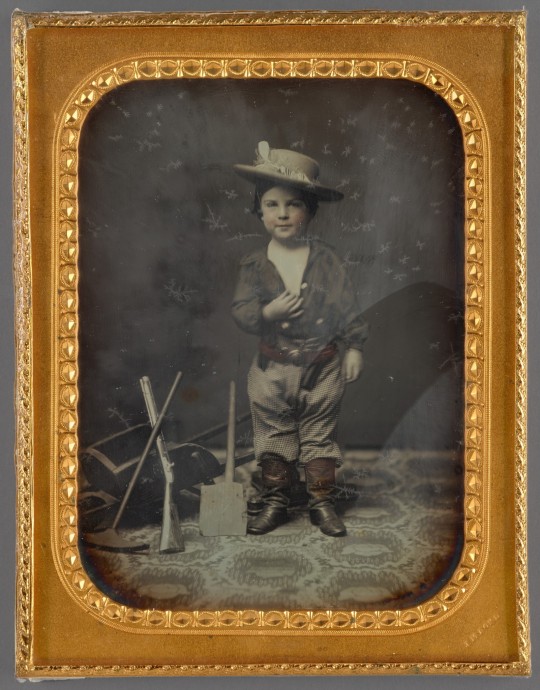
• Portrait of a Boy with Gold-Mining Toys.
Artist/Photographer: Carleton Watkins (United States, 1829-1916); James M. Ford (United States, 1827-ca. 1877)
Date: March–September 1854
Medium: Daguerreotype, hand-colored
#antique#antique picture#19th century#19th century picture#antique portrait#19th century portrait#antique photograph#antique photography#antique photo#photography#portrait of a boy#gold mining#tools#daguerreotype#Carleton Watkins#James M. Ford#march#September#1854
22 notes
·
View notes
Text
"When President Lula da Silva took office this year in Brazil, many environmental and indigenous rights groups hoped he would fulfill campaign promises of better protection for the Amazon rainforest and the people who live there.
Nearly four months into his tenure and early signs are that Lula was telling the truth, as Brazilian police have evicted dozens of illegal gold miners from the Yanomami Reserve, an area the size of Portugal inhabited by around 35,000 [Indigenous people].
Illegally-mined gold accounts for around half of all the country’s exports, and a new Environment of the Amazon division of the federal police is seeking international assistance in building a first-rate structure for targeting the outside funding toward and sales from illegal gold mining.
Reuters says that so far, the new division has ousted nearly all miners from the area, including overseeing the destruction of 250 mining camps and 70 low-tech boats used for dredging. 48 planes and helicopters for smuggling the gold out of the reserve have been seized as well.
The police hope to use radioisotope technology and methods to be able to pinpoint the exact mineralogical makeup of illegally mined gold as a way of targeting it in the market even after it’s melted into ingots.
They also plan to remove miners from 6 other Amazon reserves this year, while setting up a permanent, floating police station on a river in the Yanomami Reserve.
At the moment, the Lula Administration is considering the best set of laws for tackling the problem. While 804 miners have been arrested in the raids, all were let go, and many others fled in the police advance.
Humberto Freire, from the new Amazon division, told Reuters he and his department hope to create a sophisticated electronic tax receipt for any transactions of precious metals to help pinpoint sales and distribution of suspected illegal bullion."
-via Good News Network, 3/23/23
youtube
-video via Reuters, 3/22/23
#lula da silva#amazon#amazon rainforest#rainforest#conservation#indigenous peoples#indigenous activism#illegal mining#gold mining#brazil#south america#yanomami#environmental justice#amazonia#latin america#conservation news#good news#hope#Youtube
458 notes
·
View notes
Text

1908. View of gold miner panning for gold in Nevada County. The postcard was stamped in Lowell Hill, Nevada County. From our online catalog.
25 notes
·
View notes
Text
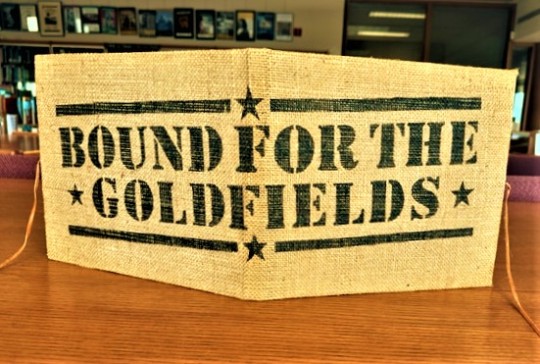
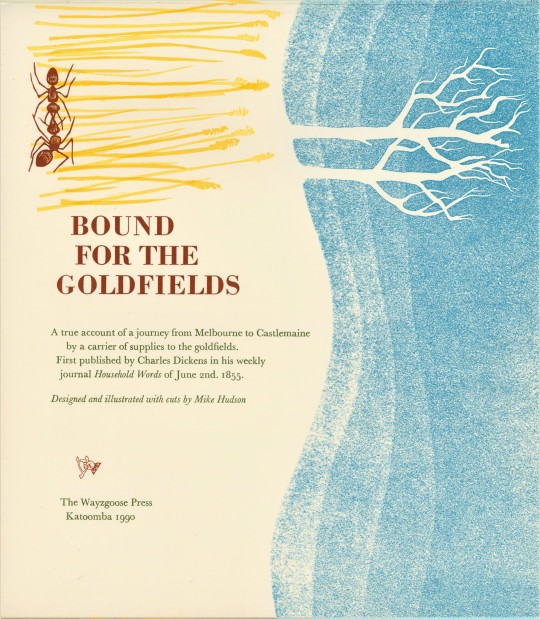








It's Fine Press Friday!
For today’s Fine Press Friday post, our subject is Bound for the Goldfields, published by the Australia-based Wayzgoose Press in 1990 in an edition of 55 copies, another gift from the estate of book artist and collector Dennis Bayuzick. The original story was written by Charles Dickens for his weekly journal Household Words in June 1855 and the Wayzgoose edition was designed and illustrated with linocuts and wood engravings by Wayzgoose founder Mike Hudson (1939-2021). Ours is a review copy, meaning that this specific book was originally sent out to someone to be reviewed for publication before it was actually distributed.
According to the title page, the story told in this book is a “true account of a journey from Melbourne to Castlemaine by a carrier of supplies to the goldfields.” A journey like this was long and harrowing, as described in the book’s text, which is printed vertically as part of the grassy landscape, and the wood/linocuts provide an excellent visualization of where the traveler physically is within the story being told. Readers will see many trees as the subject walks through forests, sees the night sky, and even the destination of the traveler as he arrives: the tents of those working in the gold fields.
This book was hand-set by Hudson's long-time partner and Wayzgoose Press co-founder Jadwiga Jarvis (1947-2021) in 14pt Monotype Baskerville and was printed on a Western Proof Press using Mohawk Letterpress Paper. Mike Hudson Bound the edition, 46 copies of which were in printed hessian fabric with leather thongs, as shown here.
View other books from the collection of Dennis Bayuzick.
View more Fine Press Friday Posts.
-- Sarah S., Special Collections Graduate Intern
#Fine Press Friday#fine press fridays#letterpress printing#fine press books#Wayzgoose Press#Bound for the Goldfields#Charles Dickens#gold mining#Mike Hudson#Jadwiga Jarvis#Monotype Baskerville#Mohawk Letterpress Paper#Western Proof Press#hessian fabric#Sarah S.
19 notes
·
View notes
Video
Gold Dredge 8 Fairbanks Alaska (Explored) da Jim Munson
19 notes
·
View notes
Text
Amazon rainforest in Peru, ravaged by gold mining, is being restored : Goats and Soda : NPR
4 notes
·
View notes
Text

Looking for the mother lode. ☠️🥇⛏🟡(silkscreen on paper)💰🏆
#gold#cash for gold#gold price#golden#golden nugget#gold nugget#gold necklace#gold bars#gold mining#gold mine#gold miner#oro#ghost town#skull and crossbones#treasure hunting#treasure hunter#tombstone#printmaking#printmaker#monoprint#silkscreen#silkscreen print#golden jewelry#gold bullion#basquiat#poster art#hand lettering#poster design#folk art#dynamite
2 notes
·
View notes
